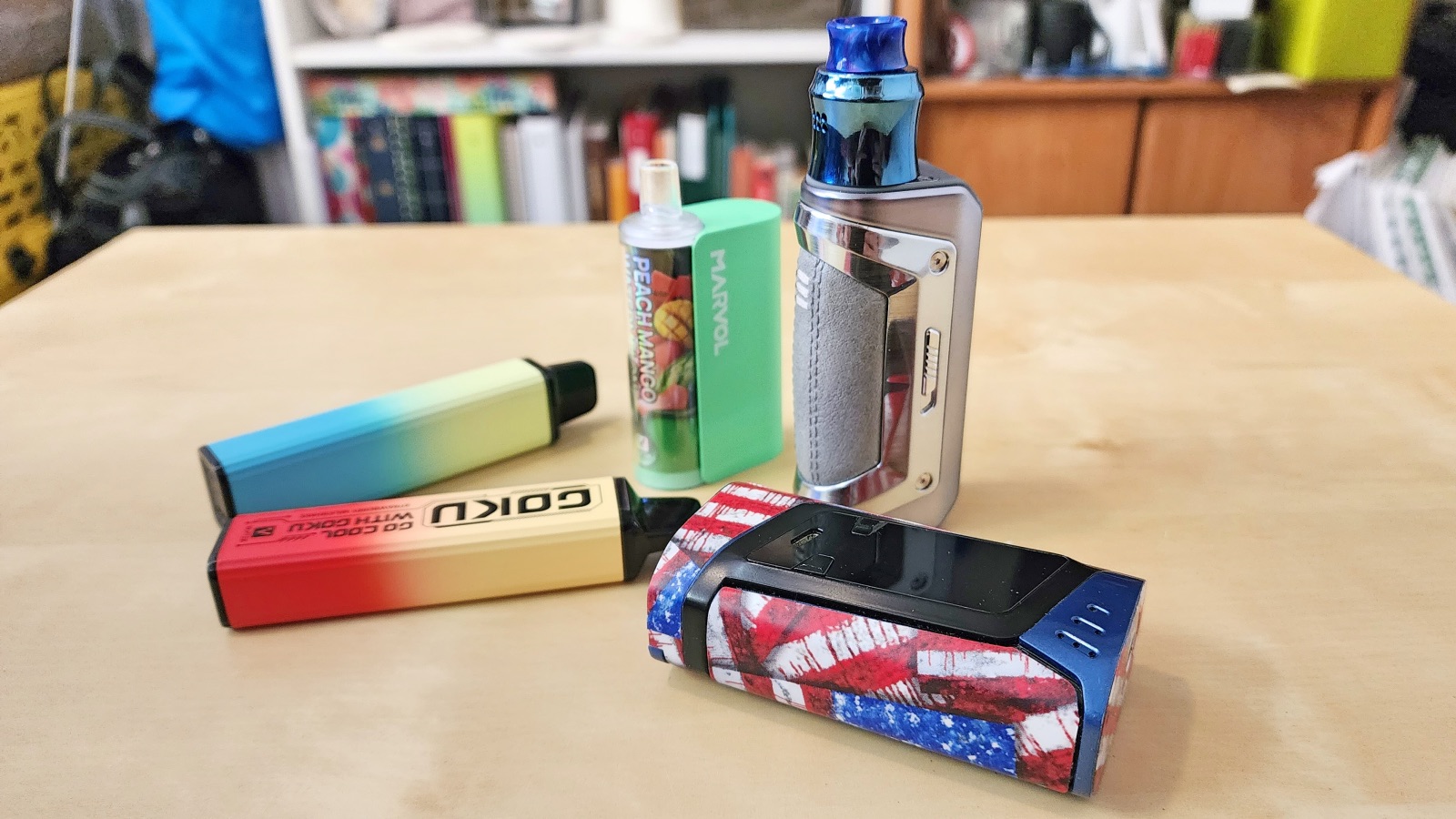It’s the universal language that connects cultures, traditions, and economies. But in the global marketplace, food isn’t just about taste—it’s about safety, trust, and credibility. That’s where HACCP certification steps in. For businesses eyeing export markets and international partnerships, HACCP isn’t a “nice-to-have.” It’s a ticket to trade.
Now, if you’re running a food business, you’ve probably heard the acronym tossed around at trade fairs, in buyer contracts, or by regulatory authorities. But what does it really mean? And more importantly—why is HACCP certification so vital if your ambition is to grow beyond borders? Let’s walk through it.
So, What Exactly is HACCP?
HACCP stands for Hazard Analysis and Critical Control Points. Sounds technical, right? At its heart, though, it’s a straightforward system: identify the things that could make food unsafe, put controls in place to prevent them, and keep monitoring so nothing slips through the cracks.
Think of it like a pre-flight checklist for pilots. Before the plane leaves the ground, every possible risk—fuel levels, engine status, weather conditions—is checked. Similarly, HACCP ensures food products are checked for potential biological, chemical, or physical hazards before they land on a consumer’s plate.
And here’s the kicker: it’s not just a guideline. For many export markets—including the EU, the US, and parts of Asia—HACCP is a legal requirement.
Why Global Markets Care About HACCP
When you’re shipping products across oceans, buyers can’t just take your word that your food is safe. They need proof. Certification acts as that proof—a third-party seal saying, “Yes, this company manages food safety risks systematically and consistently.”
Without HACCP certification, you’ll hit roadblocks:
- Retail chains might reject your products.
- Import authorities could hold shipments at customs.
- Consumers abroad may never even see your brand on shelves.
It’s not just red tape—it’s about trust. Global buyers have plenty of suppliers to choose from. Why should they gamble on one that doesn’t meet internationally recognized safety standards?
The Core Principles—In Plain English
The HACCP framework is built around seven principles. But let’s not get lost in textbook definitions. Here’s what they mean in practice:
- Analyze hazards – Spot what could go wrong (bacteria, allergens, metal fragments).
- Identify critical control points – Decide the exact stages in your process where hazards must be controlled (cooking, cooling, packaging).
- Set critical limits – Define safe ranges (like cooking chicken to 75°C).
- Monitor procedures – Check regularly that controls are working.
- Corrective actions – Plan what to do if something goes off track.
- Verification – Prove your system actually works.
- Record-keeping – Document everything, so auditors and buyers can see the evidence.
Sounds a bit like managing a production line with guardrails—it’s prevention, not reaction.
Export Markets and the HACCP Mandate
Here’s where it gets real. Imagine you’re a seafood exporter in India eyeing the European market. Without HACCP, your shipments could be rejected outright. Or say you’re a bakery in South America aiming to sell cookies in North America. Retailers like Walmart or Carrefour? They won’t even list your products unless you can show HACCP compliance.
In fact, HACCP is the foundation for many global food safety standards:
- FDA in the US requires HACCP for seafood and juice industries.
- EU legislation makes HACCP mandatory for all food businesses.
- Codex Alimentarius—the global food code backed by the WHO and FAO—recommends HACCP as the gold standard.
It’s not just bureaucracy; it’s harmonization. If everyone follows the same framework, global trade flows more smoothly.
How Certification Works in Real Life
Getting HACCP certified isn’t just filling forms. It’s a journey. Typically, it looks like this:
- Gap analysis – Assess where your processes stand versus HACCP requirements.
- System development – Draft food safety policies, assign responsibilities, and identify hazards.
- Training employees – Because food safety isn’t just paperwork; it’s daily practice.
- Implementation – Put controls and monitoring in place.
- Internal audits – Check if your system runs as intended.
- Certification audit – An accredited body reviews your system and, if you pass, issues your certificate.
Sure, it takes effort. But businesses often find the side effects surprising—less waste, better efficiency, and stronger customer confidence.
The Hidden Benefits Nobody Talks About
We’ve established that HACCP certification opens export doors. But the ripple effects go further.
- Stronger reputation – Imagine pitching to a buyer in Dubai or London. Saying you’re HACCP certified instantly boosts credibility.
- Lower recalls – Prevention means fewer embarrassing product recalls that cost time and reputation.
- Employee morale – Workers feel proud knowing they’re producing food that’s truly safe.
- Operational savings – Identifying hazards often highlights inefficiencies—saving money in the long run.
It’s like getting a gym membership for your business: yes, the initial commitment feels tough, but the long-term health benefits are undeniable.
Common Misconceptions About HACCP
Some companies hesitate, usually for the wrong reasons:
- “It’s too expensive.” Truth? Non-compliance costs far more—through rejected shipments, fines, or reputational damage.
- “We’re too small.” Actually, small businesses benefit hugely. HACCP scales to fit any size operation.
- “We already follow hygiene rules.” Good, but HACCP is about systematizing those efforts. Hygiene alone won’t cut it for export markets.
Sometimes resistance isn’t about money or effort—it’s about mindset. Once companies shift from viewing HACCP as a burden to seeing it as a competitive edge, the narrative changes.
Global Trade Without HACCP? Good Luck
Picture this: you’ve got a fantastic product—let’s say organic jams. They’re a hit locally. You get inquiries from Japan, Germany, and the UAE. Exciting, right? But then reality hits: every buyer asks for HACCP certification. Without it, you’re stuck selling locally, while competitors expand abroad.
That’s the harsh truth. In a globalized supply chain, food safety is non-negotiable. HACCP isn’t just about passing audits; it’s about securing your place at the international table.
A Human Touch—Why This Actually Matters
It’s easy to get lost in the technicalities—critical control points, corrective actions, monitoring charts. But behind HACCP lies something more human. It’s about protecting families, children, and communities. It’s about ensuring that the milk a parent pours into their toddler’s cup, whether in Paris or Jakarta, is safe.
And that’s why global markets insist on it. Not because they enjoy paperwork, but because consumers everywhere deserve trust on their plates.
Looking Ahead: HACCP as a Stepping Stone
HACCP certification isn’t the finish line—it’s the starting point. Once certified, many businesses move towards broader food safety schemes like ISO 22000, FSSC 22000, or BRCGS. These go deeper, covering not just hazards but also management systems, supplier relationships, and continual improvement.
Think of HACCP as the foundation. Once you’ve got it, building higher becomes easier.
Final Thoughts
If you’re serious about exporting food products, HACCP certification isn’t optional. It’s your passport to global markets, a badge of trust, and a framework that keeps your operations sharp.
Yes, it takes effort. Yes, it requires cultural change within your business. But in return, it opens doors you can’t afford to keep closed. Because here’s the thing—global trade is competitive, and trust is currency. HACCP certification helps you earn that trust, one shipment at a time.

